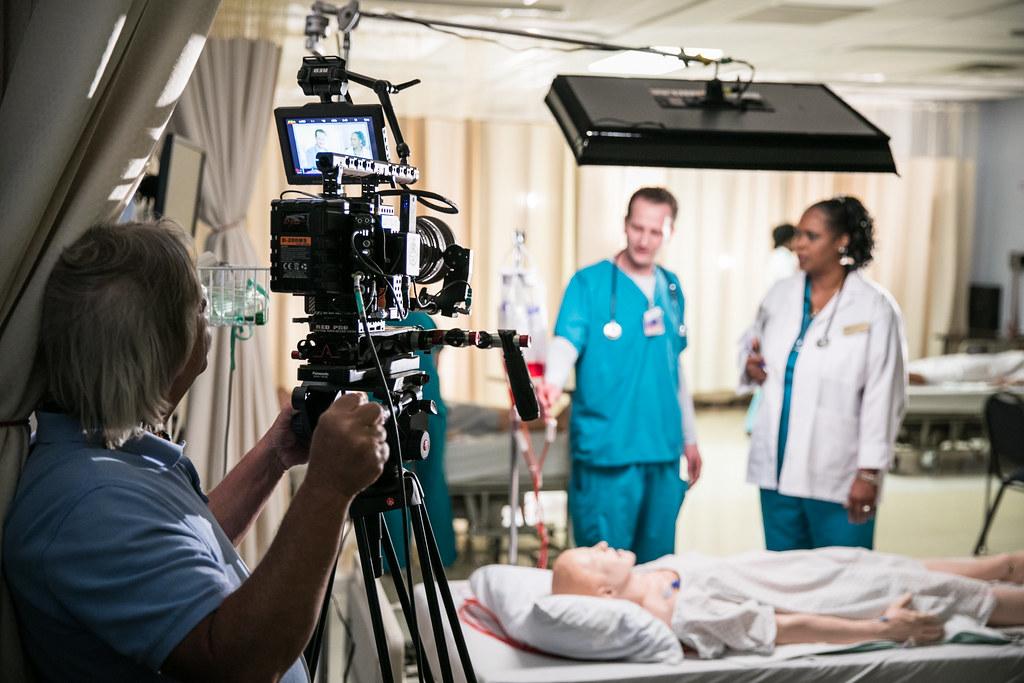- This topic has 6 replies, 6 voices, and was last updated 6 months, 1 week ago by .
-
Topic
-
Hi all,
I’m a young DP and I’ve recently made some connections in the commercial world and wanted to get some advice on returning to the basics, so here’s something I’ve always struggled with a bit. How do you get that bright white high-key look? I see it constantly in commercials and comedies and don’t feel I’ve ever gotten it 100% right.
So my first issue is how do I get a source to look totally invisible? I try to make my source as large as possible but this is only so effective in small spaces. In this past project, (We were in a very tight room, maybe 4m x 8m) I sent an Aputure 1200d through 216 (we needed a big light to balance out an open door) then bounced off the corner of the far wall/ceiling. I still ended up with a pretty visible shadow on the shelves behind my talent. So I tried filling with another hard source bounced off the ceiling closer to the subject and this helped but it still didn’t get to a nice even fill around the space. I placed a tube up high behind the subjects, again bouncing off the ceiling and again this helped but wasn’t enough to push enough light to fill in the subject. When we turned around I had to add a fourth light bouncing off the ceiling in the exact direction of talent’s face to fill in a shadow left by the other three. This feels like just blindly throwing up lights and made for a lot of dancing the frame around to avoid them all.
So now I know what kinda works but isn’t clean at all and only gets 60-70% of the way. So, what’s the formula? What do I need to put in my rental package? Is the secret lots of strong lights? If so panel lights or hard sources (open face/lensed)? What kinds of bounce/diffusion are you using? How deep focus do those of you who shoot comedy/commercials typically look for when lighting like this since I think that’s another essential part of the look? How are you balancing out windows or doors with direct or indirect sunlight?
I know that that is a plethora of questions, but I’m looking for some true mastery of the basics as I’m looking to move up/branch out and my typical style for narrative has been very contrasty and directional. Thank you in advance!
- You must be logged in to reply to this topic.

